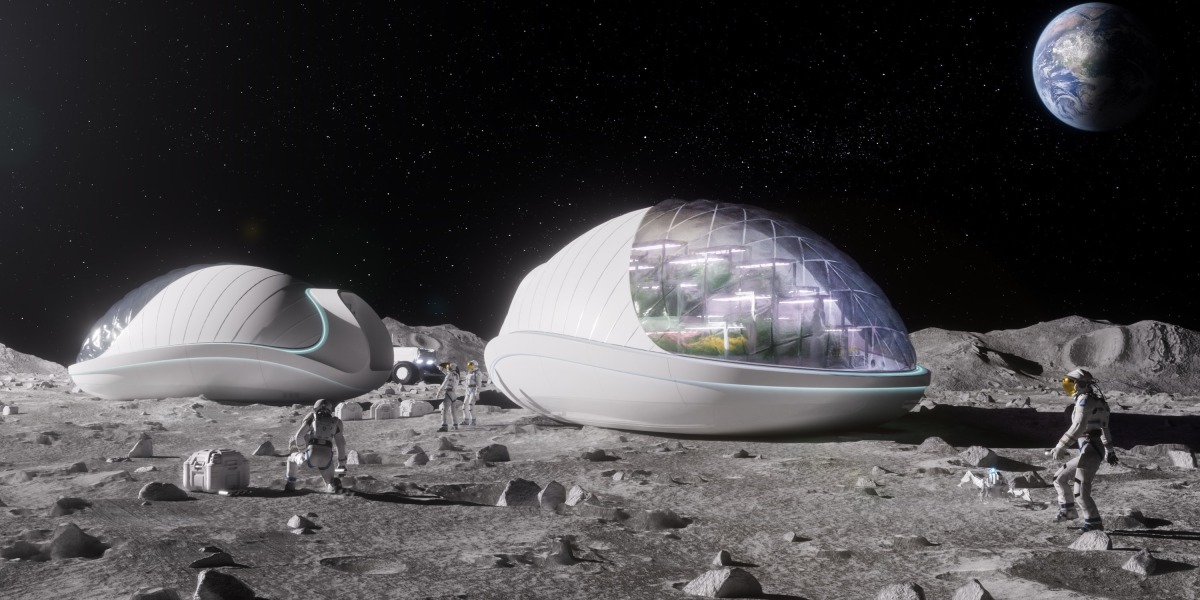
To solve the problem of feeding astronauts on long-duration missions, NASA started the Deep Space Food Challenge in January 2021, asking companies to propose novel ways to develop sustainable foods for future missions. About 200 companies entered—a field that was whittled down to 11 teams in January 2023 as part of phase 2, with eight US teams each given $20,000 in funding and three additional international teams also recognized. On May 19, NASA is set to announce the teams that will progress into the final phase of the contest, with a handful of winners to be announced in April 2024 following more detailed tests of their proposals.
“Phase 2 was kind of a kitchen-level demonstration,” says Angela Herblet at NASA’s Marshall Space Flight Center in Alabama, the project manager for the challenge. “Phase 3 is going to challenge the teams to scale their technologies.”
Entrants had to show systems that could operate for three years and feed a crew of four on a prospective space mission. The proposals did not need to supply a crew’s entire diet, but they did need to create a variety of nutritious foods for the astronauts. Earlier this year, judges then visited each company to “see the food and really analyze it,” says Herblet.
One company took a particularly unusual approach to the task. Air Company, based in New York and one of the eight US-based finalists, designed a system that could use the carbon dioxide expelled by astronauts in space to produce alcohol, which could then be used to grow edible food. The company already develops alcohols from CO2 for plane fuel and perfume.
“It’s making food out of air,” says Stafford Sheehan, cofounder and chief technology officer of Air Company. “It sounds like magic, but when you see it actually operating, it’s much more simple. We’re taking CO2, combining it with water and electricity, and making proteins.”
